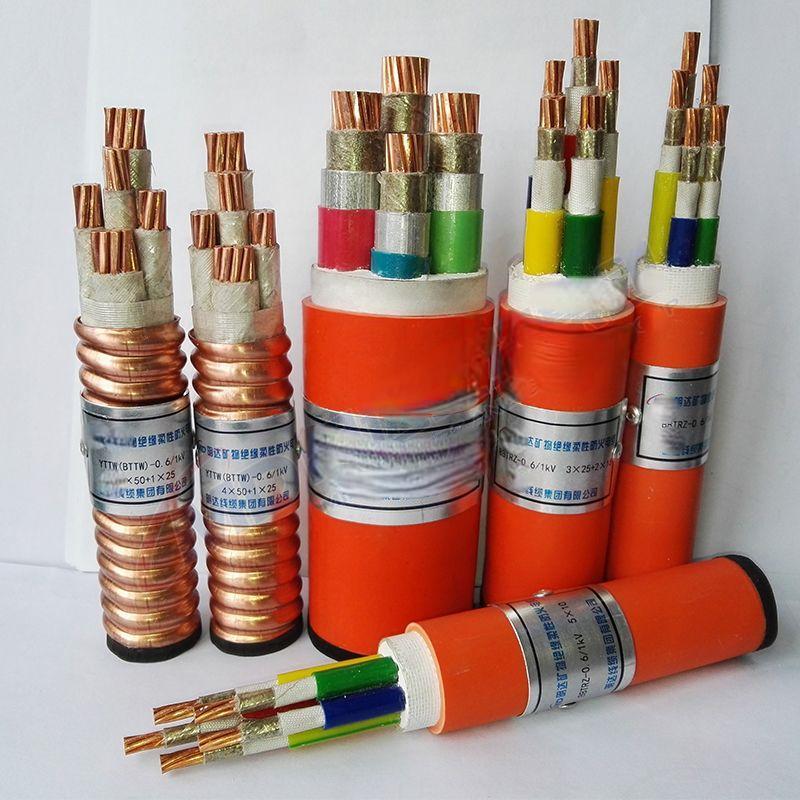ກ.ຍ. . 10, 2024 03:53 Back to list
Swing Type Check Valve - Reliable Backflow Prevention Solutions
Understanding Swing Type Check Valves
Swing type check valves are essential components in various fluid handling systems, primarily employed to prevent backflow in piping. This type of valve operates through a simple, yet effective mechanism that ensures the unidirectional flow of fluids, making it invaluable in many industrial applications.
Mechanism of Operation
The swing check valve comprises a disc (or flap) that pivots on a hinge. When fluid flows in the intended direction, the disc swings open, allowing the fluid to pass through the valve. However, if there’s a reverse flow or drop in pressure, the disc swings back and closes off the flow path, effectively sealing the valve. This mechanism helps to prevent contamination of the supply and maintains system integrity.
Advantages of Swing Type Check Valves
One of the notable advantages of swing check valves is their relatively low-pressure drop during operation. Since the disc swings away from the flow path, it creates minimal turbulence, which helps in maintaining the efficiency of the system. Additionally, they are typically available in a range of sizes and materials, making them suitable for various fluids, including water, gases, and slurries.
Another perk is their durability. Swing type check valves are known for their lifespan, especially when made from robust materials such as stainless steel or brass. These valves can withstand harsh environments and varying temperatures, making them suitable for applications in power generation, water treatment, and chemical processing.
swing type check valve

Installation and Maintenance
Installing a swing type check valve should be done with careful consideration of the flow direction, as these valves are designed to operate in a specific orientation. Most models come with an arrow indicating the direction of flow. Proper alignment is crucial to ensure effective sealing and to prevent leaks or system failures.
Maintenance for swing check valves is generally minimal, but it’s essential to periodically inspect them to ensure they are functioning correctly. Common issues include buildup of debris that may hinder the movement of the disc or wear and tear that could lead to leaks. Regular maintenance checks can prevent unexpected failures and prolong the life of the valve.
Applications
Swing type check valves are widely used across various sectors. In the water supply industry, they are used to prevent backflow in distribution systems. In the oil and gas sector, they serve to protect pumps and compressors from reverse flow, which can cause significant damage. Additionally, they are often found in HVAC systems, ensuring that fluids flow in the desired direction without backpressure.
Conclusion
In summary, swing type check valves are a vital part of fluid management systems. Their simple yet effective design plays a critical role in maintaining the efficiency and safety of various applications. Understanding their operation, advantages, and proper maintenance can help users maximize the benefits of these essential components in their systems. Investing in high-quality swing check valves is, therefore, a wise decision for any industry that values reliability and performance in its fluid handling processes.
Share